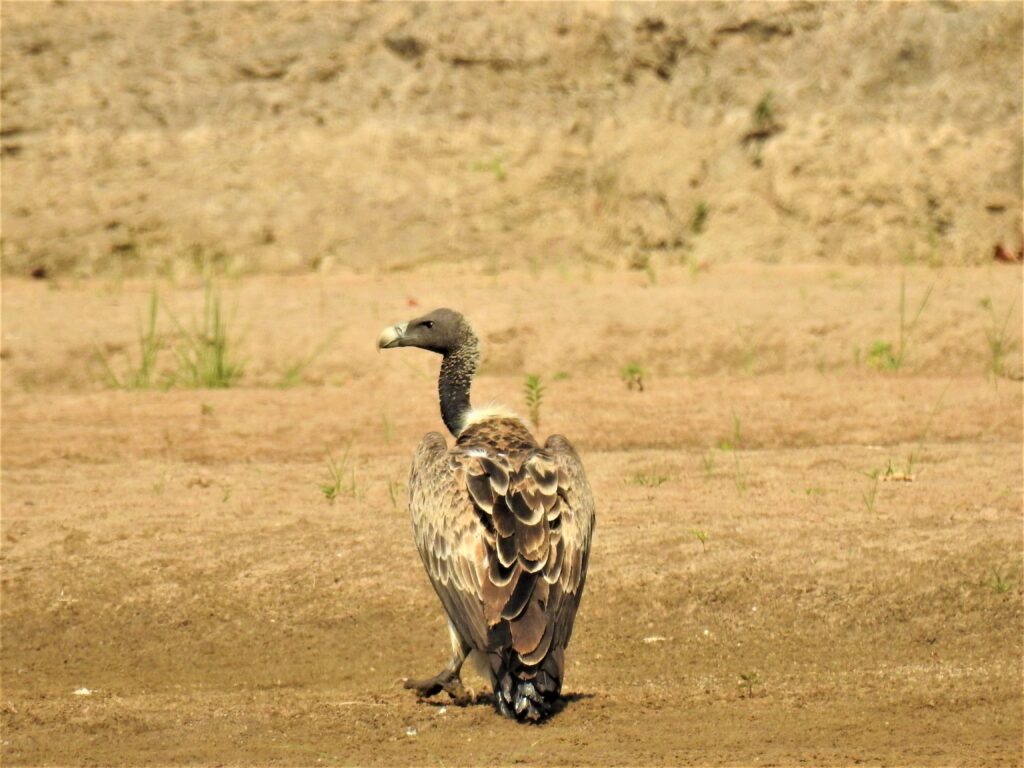For generations, being in and around nature has been associated with good health and psychological well-being. However, as more people move to rapidly developing urban areas, opportunities for interaction with the natural environment tend to decrease.
In their 2017 study, Jessica R. Sushinsky and her co-authors examined whether urban growth and increasing population density lead to a decrease in opportunities to experience nature. They estimated the changes that would occur in backyard sizes, public green spaces and bird species richness after the addition of 84,642 new houses in Brisbane, a growing city in Australia with many green spaces and high biodiversity.
Since more houses needed to be accommodated within the same area, the study assessed two models: one in which backyards were demolished to create more housing, and the other in which public green spaces were replaced with more housing.
The researchers found that opportunities to interact with nature as well as bird species richness decreased in both scenarios. Under a sprawling development model, larger backyards would exist at the cost of public green spaces and bird species richness. This negative result will be amplified in socioeconomically weaker districts which generally have a relatively less green cover and species diversity. Previous research suggests that this could lead to an increase in health problems and crime rates among populations residing in such areas.
Alternatively, reducing backyard spaces would decrease people’s interactions with nature around their homes but it will minimize other negative environmental impacts at a larger scale. Hence, the researchers conclude that adopting a well-planned compact development model is the better option.
Further Reading
Jessica R. Sushinsky, Jonathan R. Rhodes, Danielle F. Shanahan, Hugh P. Possingham and Richard A. Fuller. 2017. Maintaining experiences of nature as a city grows. Ecology and Society, 22.3.





